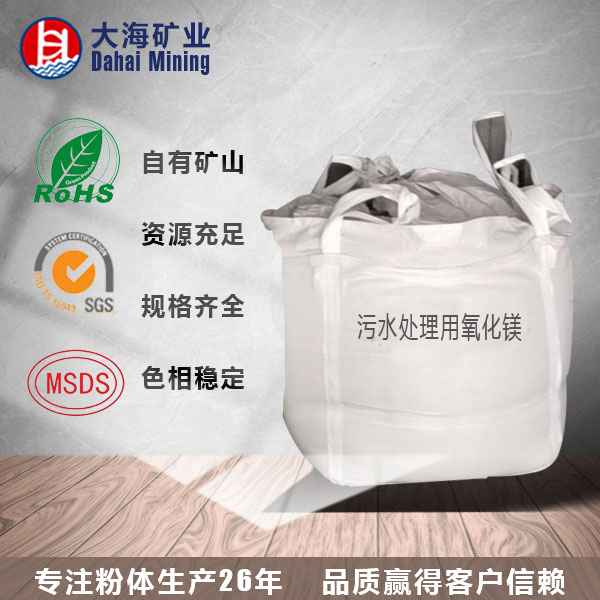
One of the main factors affecting the eutrophication of rivers lakes is ammonia nitrogen pollution. At present, the annual output of synthetic urea ammonia in my country is both over 40 million tons. The production of various ammonia nitrogen products causes enterprises to discharge large amounts of ammonia nitrogen wastewater. At the same time, nature produces ammonia-nitrogen wastewater in the process of waste fermentation, the total amount exceeds hundreds of millions of tons per year, which has a greater impact on the natural environment. Talc Masterbatch
The concentration of high-concentration ammonia nitrogen wastewater is generally 0.5g/L. Although there are many methods that can effectively remove ammonia, for example, chemical methods include ion exchange, ammonia stripping, chemical precipitation, breakpoint chlorination, electrodialysis, electrochemical treatment, catalytic cracking; physical methods include reverse osmosis, distillation, Soil irrigation; biological methods include nitrification algae cultivation. However, the treatment method used for industrial wastewater must have the advantages of being suitable for wastewater quality, stable treatment, relatively economical, convenient in application. Therefore, the current technologies for ammonia nitrogen treatment with better practicality include: ammonia stripping stripping; biological denitrification; ion exchange; breakpoint chlorination.

Mechanism of magnesium oxide treatment of ammonia nitrogen wastewater
Magnesium oxide is a metal oxide, when dissolved in water, it will produce magnesium hydroxide, which is an insoluble precipitate. In ammonia nitrogen wastewater, NH4+ combines with OH- ions in Mg(OH)2 to generate NH3, under stirring aeration, the ammonia nitrogen is discharged the wastewater in the form of NH3 to achieve the purpose of removing ammonia nitrogen.
Secondly, magnesium oxide also plays a basic role in it. MgO+H2O?Mg(OH)2 Mg(OH)2+ NH4+?NH3↑+H2O+Mg2+ Stirring aeration, so that NH3 is separated the wastewater, the equilibrium proceeds in the positive direction, then MgO is dissolved to achieve the removal of ammonia nitrogen purpose.
In addition, temperature is also a factor affecting the reaction. As the temperature increases, the solubility of the gas decreases, so higher temperatures are more conducive to the volatilization of ammonia.
①The effect of adding magnesium oxide using agitation to treat ammonia nitrogen wastewater is worse than that of using aeration under the same conditions.
②The effect of magnesium oxide on ammonia nitrogen wastewater treatment increases with the increase of temperature.
③At room temperature, the removal rate of ammonia nitrogen in ammonia nitrogen wastewater increases with the increase of the amount of magnesium oxide added, increases with the increase of the aeration time. When the amount of magnesium oxide added is 2g/L the aeration time is 2h, the ammonia nitrogen removal rate reaches 99.66%, the ammonia nitrogen removal effect is obvious.
However, with the further extension of the aeration time the further increase of the added amount of magnesium oxide, the improvement of ammonia nitrogen removal rate is obvious. It is concluded that the optimal conditions for magnesium oxide treatment of ammonia nitrogen wastewater are 2g/L of magnesium oxide 2h of aeration time.
In short, the price of magnesium oxide is cheap, the remaining magnesium oxide after the treatment of ammonia nitrogen wastewater is rarely dissolved in water will be discharged in the form of precipitation. Therefore, magnesium oxide will cause secondary pollution to wastewater is a green water treatment agent.

Service Hotline: 0417-5333 333
Fax: 0417-5332 777
Factory Address: Yangfang Development Zone, Dashiqiao City, Liaoning Province